Seeds. Root. Fruit. Bark. Better known as spices, they’ve all – along with herbs – made the world go ‘round. The question is, how much do you really know about your spice rack and how those flavour-boosters came to be?
Well, they go back – way back.
Spice history is complex and loaded with lore. Myths and legends abound, and bloody battles were fought in their name. The highlights are many and the impact significant in monetary, culinary and cultural terms. From time immemorial, southern Arabia sat at the heart of the frankincense, myrrh, resin and gum trade. In ancient Egypt, the Ebers papyrus recorded the use of herbs and spices, extolling their medical benefits. Some – like cinnamon and cassia – were used to embalm the dead.
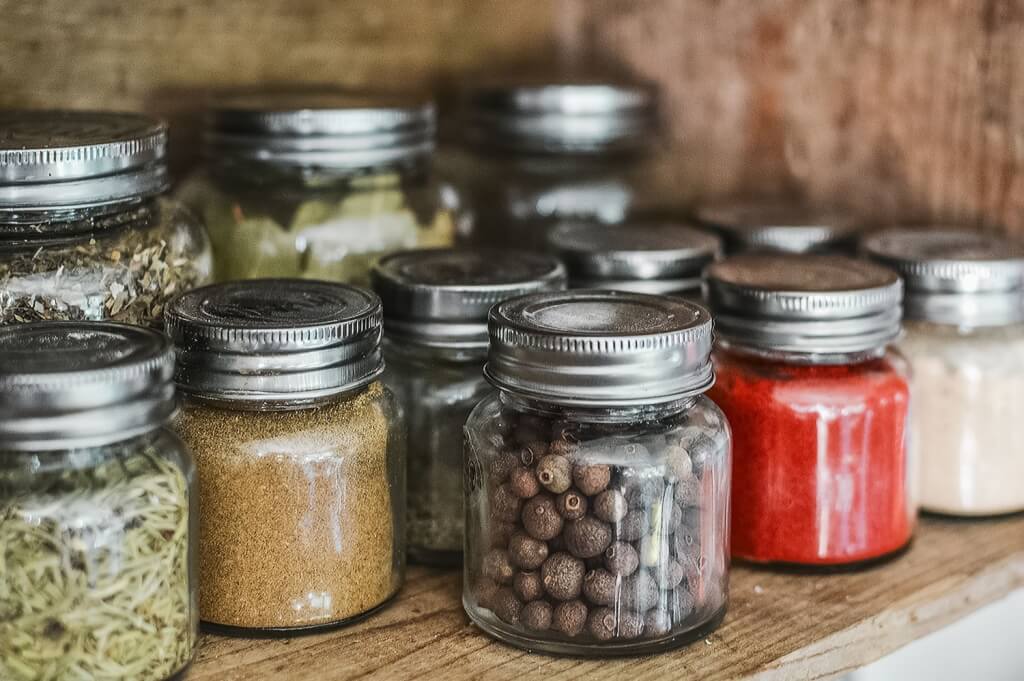
Ancient myths suggest Shen Nung wrote Pen Ts’ao Ching (or The Classic Herbal), a guide to agricultural and medicinal plants, around 2700 BC. Spices indigenous to India, including cardamom and turmeric, were cultivated in Babylonian gardens as early as the 8th century BC. Around 400 BC, Hippocrates established a scientific system of medicine, one that valued the use of herbs to ease pain and cure disease. By the first century AD, the Romans were using herbs and spices from India for cosmetics, perfume, cooking and medicine.
Initially, the spice trade occurred overland via camel caravans. Its main artery, the Silk Road, connected Asia with the Mediterranean world, including northern Africa and Europe. The cultural exchange that the spice trade facilitated would play a significant role in the development of Chinese, Indian, Egyptian, Persian, Arabic and Roman civilisations, and the influence would eventually expand west – for better or worse – as the Europeans went in search of new trade routes. In short, spices have shaped the world as we know it.
Let’s take a closer look at a few of those pantry essentials and the role they’ve played in history.
Black Peppercorn
Native to South Asia and Southeast Asia, pepper has been used since antiquity for medicinal and culinary purposes – it’s been present in Indian cooking since around 2000 BCE, and was found stuffed in the nostrils of Egyptian pharaoh Ramesses II as part of the mummification process in 1213 BCE. Additionally, the Romans are said to have traded “black gold” in exchange for gold coins, and it’s the most prevalent spice in Apicius De re Coquinaria, a third-century cookbook from the Roman empire. Not to be overlooked, black pepper appeared in Chinese texts in the third century BCE as hujiao (“foreign pepper”).
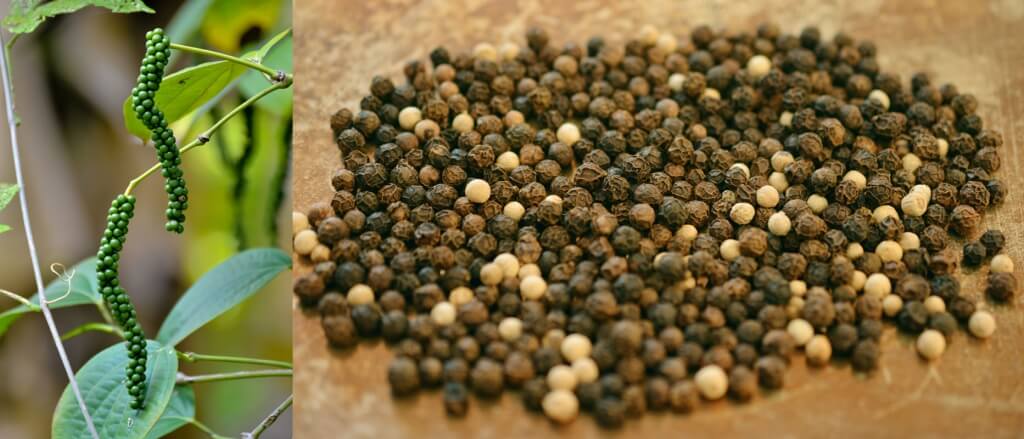
Produced from the still-green, unripe drupes (fleshy fruits) of the woody, perennial Piper nigrum vine, the drupes are briefly boiled water before being dried into a wrinkled, familiar-looking seed. Other varieties exist, including white peppercorn, which comes exclusively from the seed of the pepper plant, and green peppercorn, also the product of unripe drupes. By contrast, pink peppercorns come from the fruit of the Peruvian pepper tree, Schinus molle.
Cultivated in modern times in India and throughout tropical regions, today Vietnam produces more than 1/3 of the world’s Piper nigrum crop.
Showcase its heat in this warming Black Pepper Beef Stir-Fry.
Cinnamon
Prized as early as 2000 BC by the Egyptians, cinnamon was used – along with cassia – in the embalming process. Thought to have been utilised throughout the ancient world, Arab traders brought it via cumbersome, land-based trade routes to Europe, where it became a status symbol during the Middle Ages. It was especially valued as a preservative for meats during the winter, and remained largely a best-kept secret until around the 16th century, thanks to colourful legends woven by Arab traders.
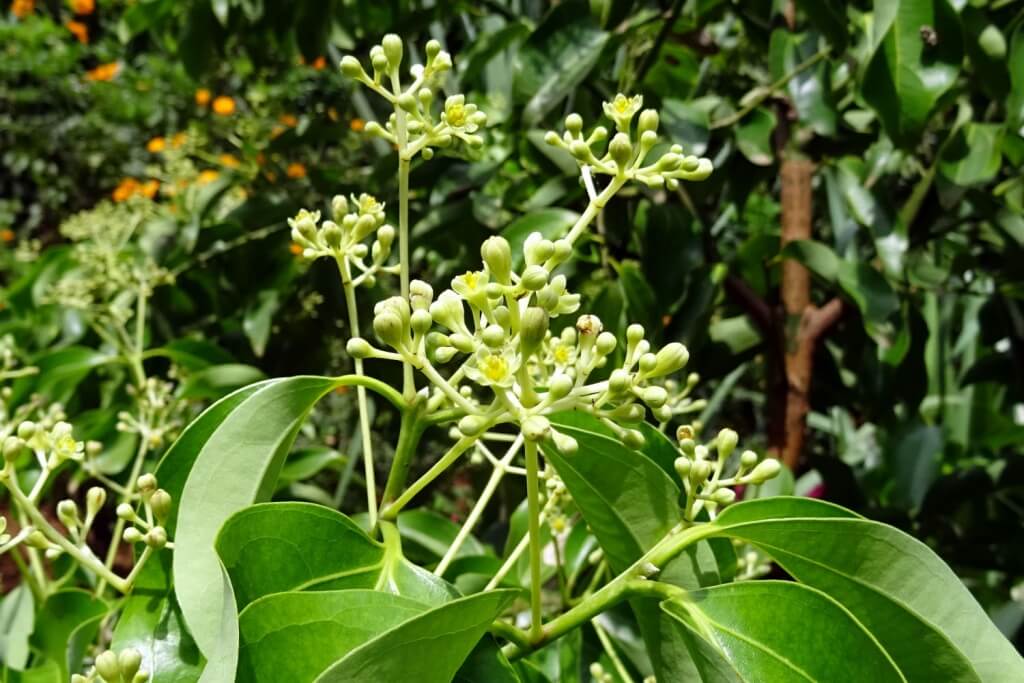
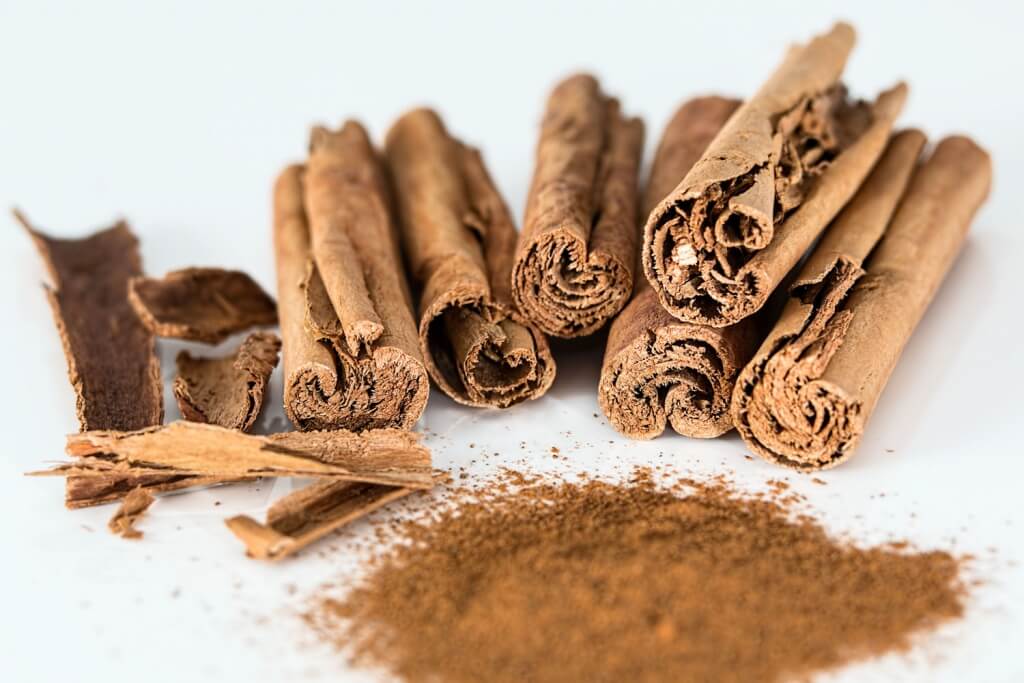
The Portuguese discovered cinnamon in Ceylon (present-day Sri Lanka) around 1518 when they conquered the island-kingdom of Kotto, enslaving its population and gaining control of the cinnamon trade for nearly a century. The central Ceylon kingdom of Kandy allied with the Dutch in 1638, and upon defeating the Portuguese, the Dutch held a monopoly on cinnamon for the next 150 years – that is, until Ceylon was taken by the British in 1784.
Today, we typically encounter two types of commercial cinnamon: the prized Ceylon, grown in Sri Lanka, and the stronger, less expensive cassia cinnamon, which is primarily produced in Indonesia. Mild and sweet, the former is used in baking and for flavouring hot drinks, including hot chocolate and coffee.
Spice up your life with these fragrant overnight Cinnamon Rolls, which appear in BraveTart: Iconic American Desserts.
Cumin
Cumin is the dried seed of the herb Cuminum cyminum, a member of the parsley family. Used since ancient times, cumin seeds were excavated at the Syrian site Tell ed-Der, which dates to the second millennium BC. In ancient Egypt, cumin was used as a spice and also a preservative during mummification.
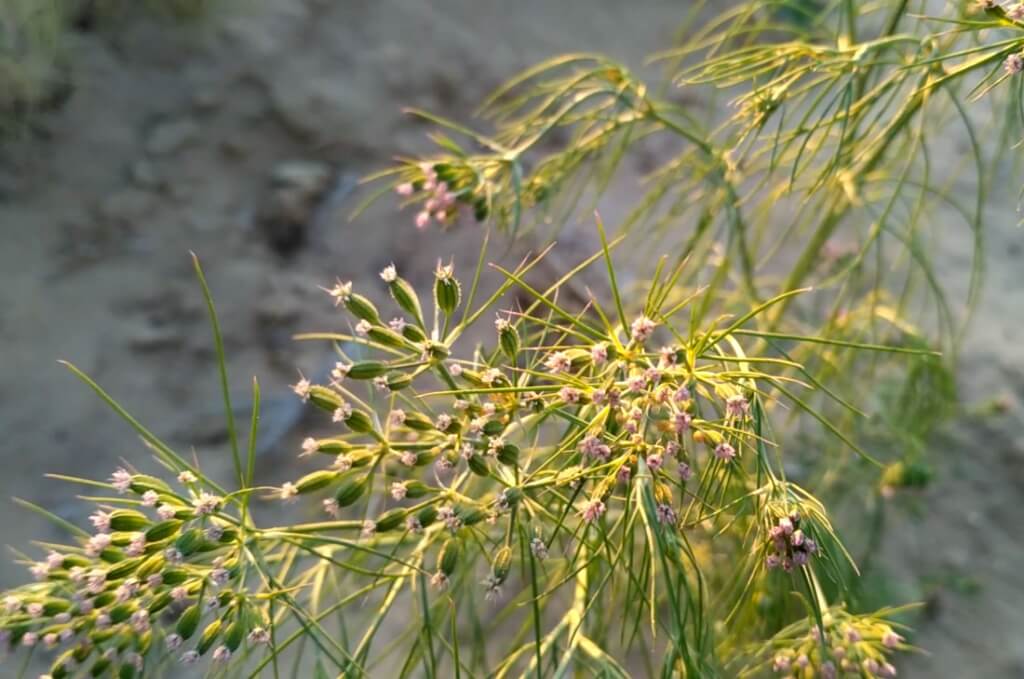
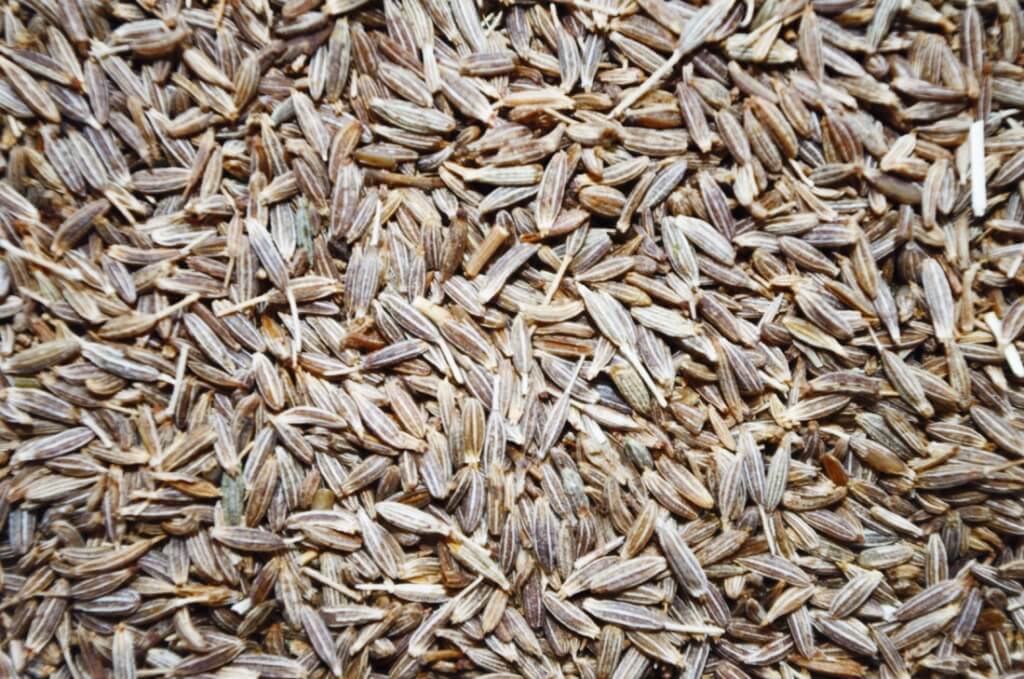
Originally cultivated in the Mediterranean, cumin is mentioned in both the Old and New Testaments of the Christian Bible. What’s more, the ancient Greeks kept cumin in a container on their tabletops, the same way pepper is kept today. Used as toasted whole seeds or ground into powder, it’s grown throughout northern Africa, the Middle East, Central Asia and Mexico.
Give it a whirl in this recipe for Spice Trade Popcorn.
Nutmeg
Pungent, warm and slightly sweet, nutmeg comes from the seed of the fragrant nutmeg (Myristica fragrans) tree. Although nutmeg and mace share sensory qualities, mace hails from the red-hued aril (seed covering) of the nutmeg seed.
The small, volcanic Banda Islands (sometimes called the “Spice Islands”) were the only place nutmeg and mace were produced until the mid-19th century. In order to obtain a monopoly on the production and trade of nutmeg, the Dutch East India Company (VOC) waged a bloody battle against the Bandanese in 1621. They then constructed a nutmeg plantation system on the islands during the 17th century.
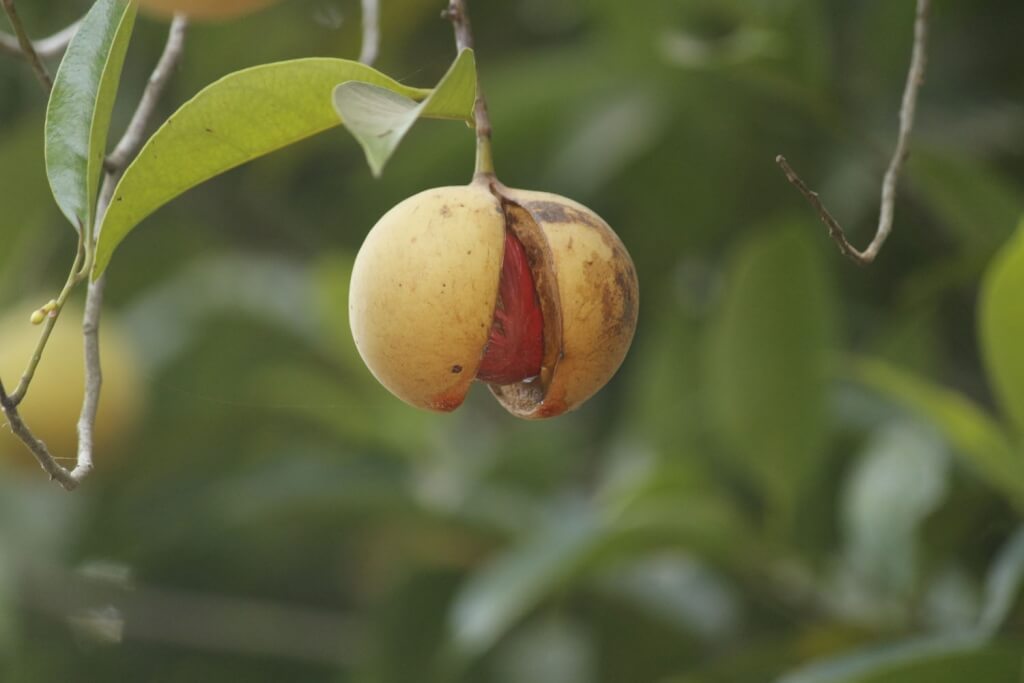
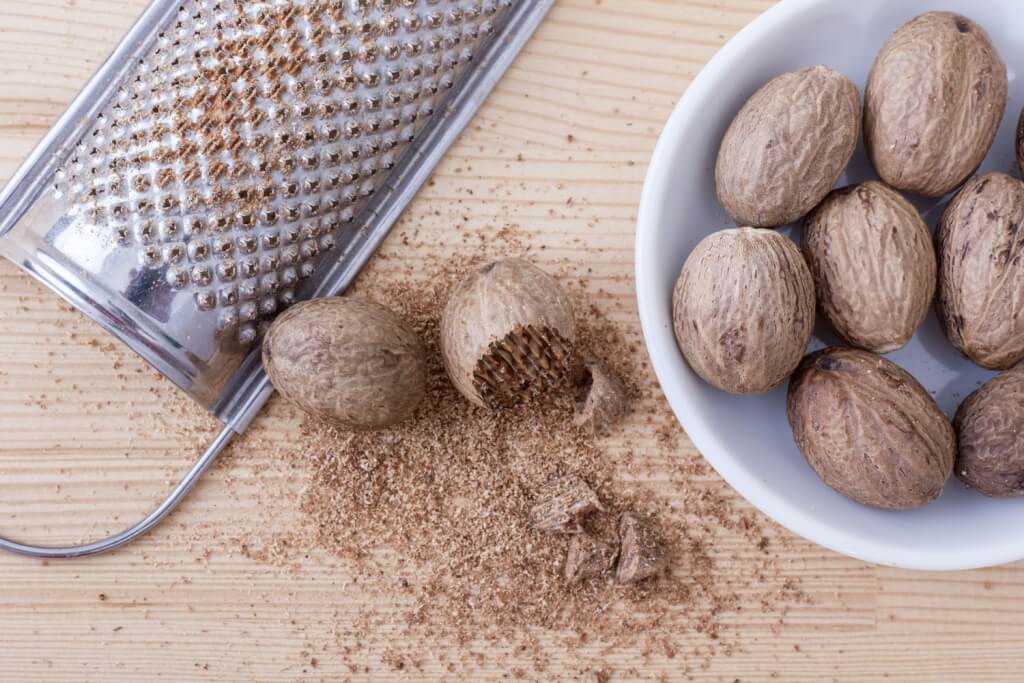
Historically speaking, grated nutmeg was used as a sachet. And the Romans used it as incense. By the time it was beloved for flavouring, preserving and medicinal purposes, the price of nutmeg began to soar. Monks sprinkled nutmeg on their pease pudding, and in Elizabethan times, it was believed to ward off the plague.
Want to get a taste? Start your day off with a stack of creamy, nutmeg-infused French toast.
Turmeric
Currently experiencing a revival among health food fans, this golden, strongly flavoured spice has long enjoyed a place in cookery and medicine, thanks to its anti-inflammatory properties. Pots discovered near New Delhi revealed residue from turmeric, ginger and garlic dating to as early as 2500 BCE. Around 500 BCE, turmeric emerged as an important part of ayurvedic medicine. That said, the healing power of turmeric is believed to have been used for upwards of 4,500 years.
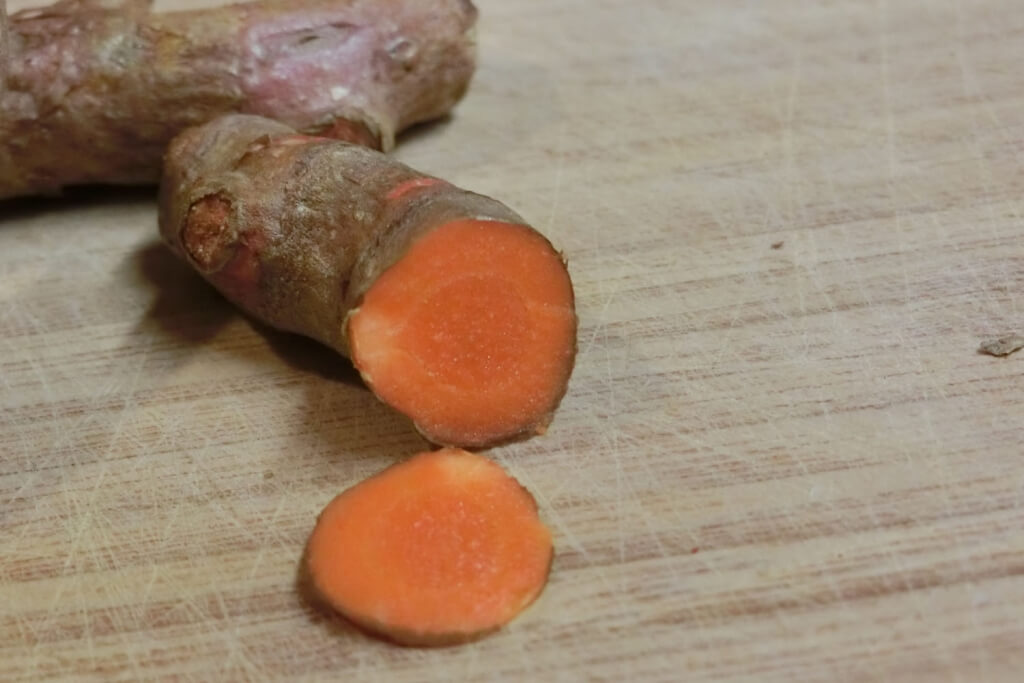
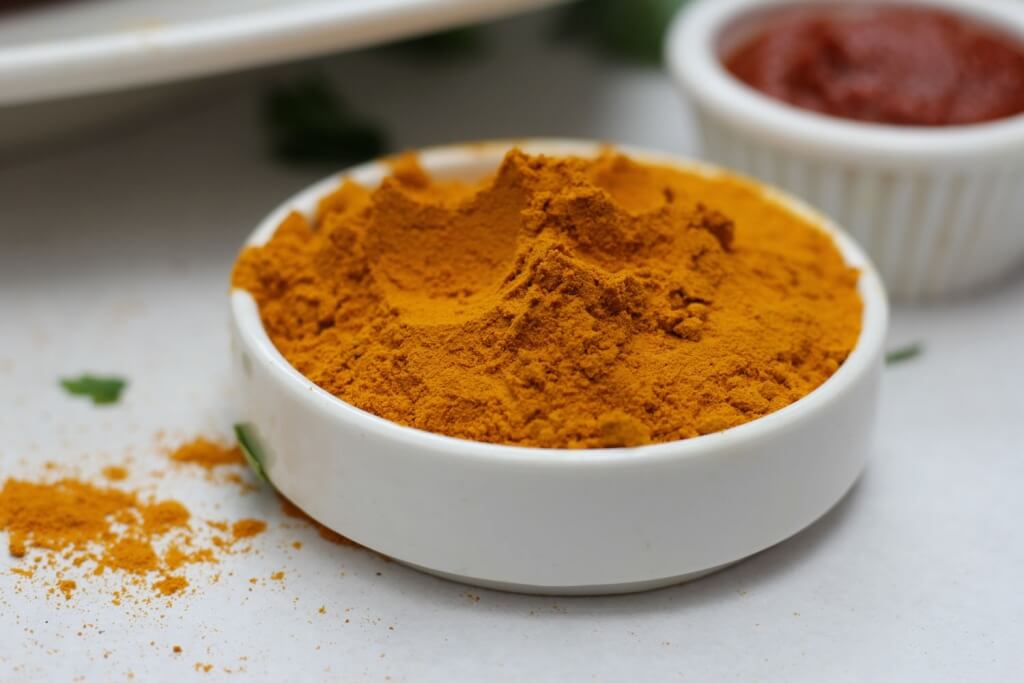
The plant it comes from – Curcuma longa – produces a flower and a rhizome, an underground stem; the latter is the source of the spice. Similar in appearance – though not taste – to ginger, it’s found throughout the tropics today. India has been the largest producer of turmeric since ancient times.
Let the spice take centre stage in this recipe for Yellow Pepper and Corn Salad with Turmeric Dressing.
Article by Jennifer Olvera

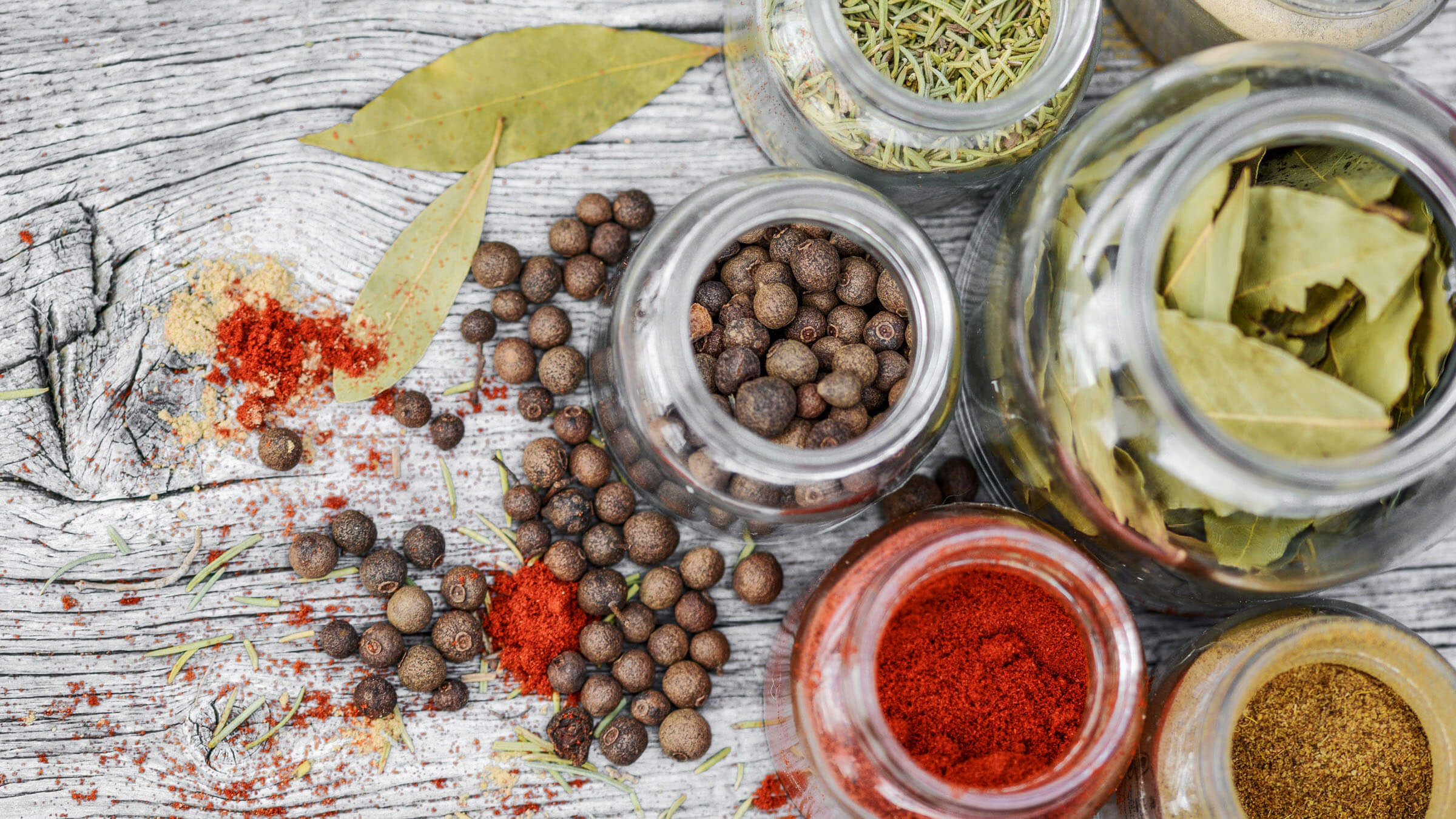






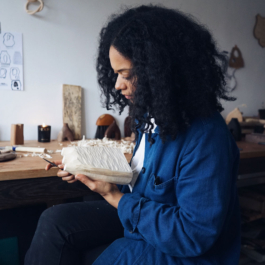

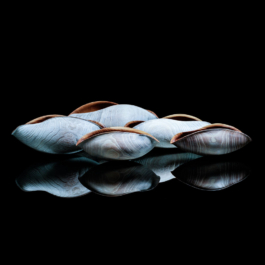
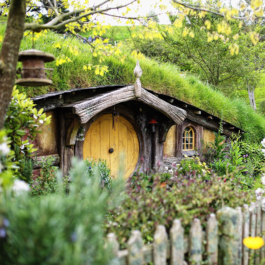


Sorry, the comment form is closed at this time.